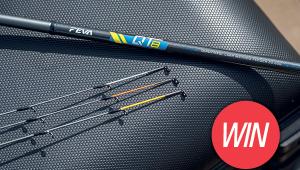F1s… My Way Or The Highway
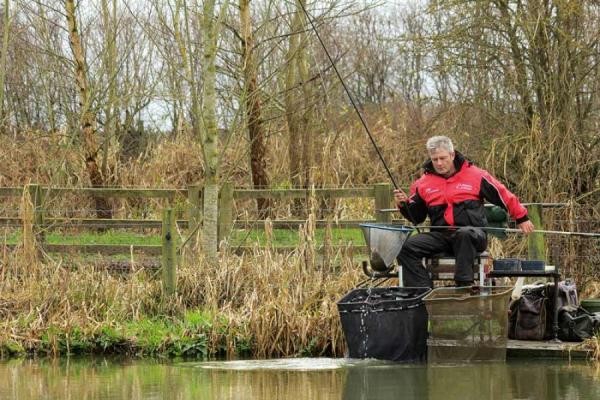
Outspoken and opinionated he may be, but whenever he writes something it’s always worth reading. Welcome back, Giles Cochrane…
Weston Pools is a fantastic match and pleasure fishing complex because it offers anglers a range of species to target with a variety of different approaches. However, from a match angler’s point of view, this can be a daunting prospect.
It took me a little while to realise that I needed to target F1s, ignoring the barbel and carp as the F1s feed shallow for most of the year and are big enough to put a reasonable weight together in the last few hours if necessary.
My approach to winning matches at Weston Pools is simple and based solely on reading the ‘bites’ to ascertain whether the fish have come up in the water.
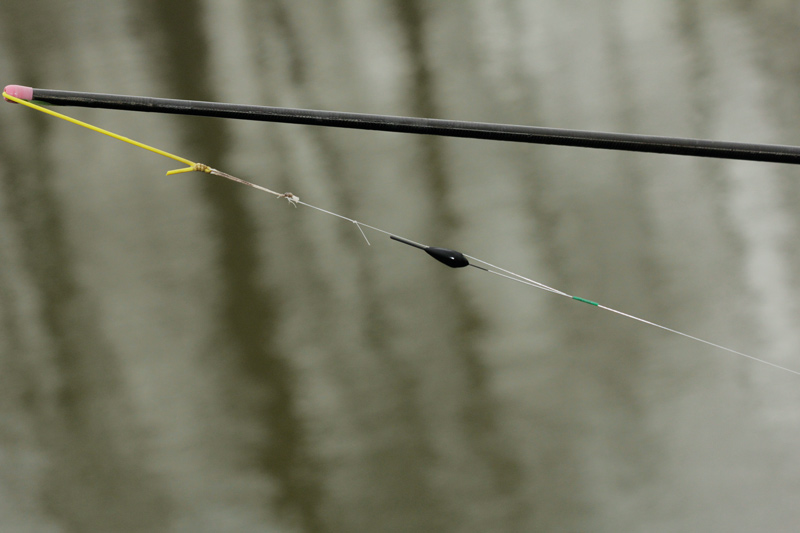
A short line between pole and float maximises the bites to hooked fish ratio
I make no secret of the fact that I disagree with too much emphasis being placed on rigs, line diameter and hook sizes because you are not focusing on the most important aspect of match fishing: feeding!
This feature is designed to demonstrate the most effective way to catch F1s. My choice of floats for the job is largely irrelevant because it is purely down to personal choice but use something robust and forget the pretty, delicate ones.
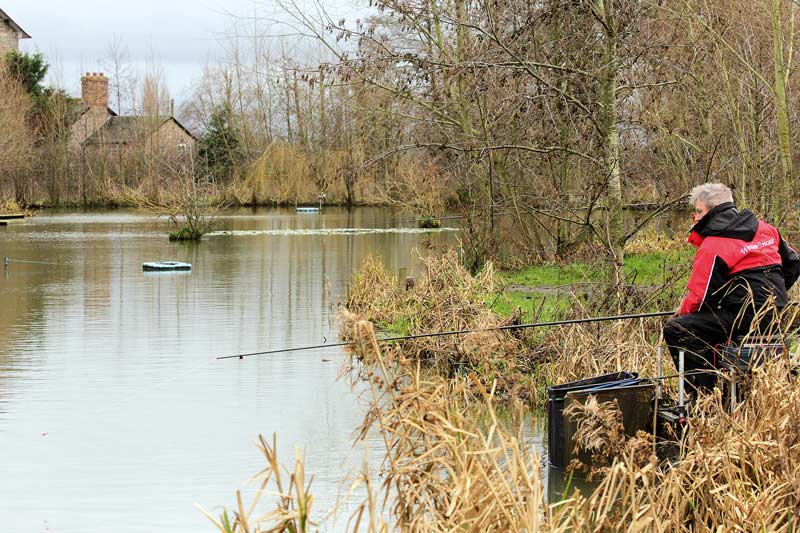
Giles favours solid elastics for F1s
I use Darren Milne Slims with 2.5mm tips in 4x14 and 4x12 sizes because they are strong and take a battering. It really doesn’t matter which brand of line you use or the diameter as it makes no difference, and the same can be said for hooks. Use what you have confidence in and don’t be tempted to change by the latest fads that everyone else is using. I use PR 27s because I find eyed hooks better for shallow fishing but to each their own.
This is the part of the feature you’ll have to read twice: I use diameter 0.17mm line direct to a size 14 hook when fishing caster shallow for F1s. I never use hooklengths because I use line that is strong enough to cope with any rogue carp or barbel. I see no point in tying a weaker hooklength into the rig. It’s about landing what you hook.
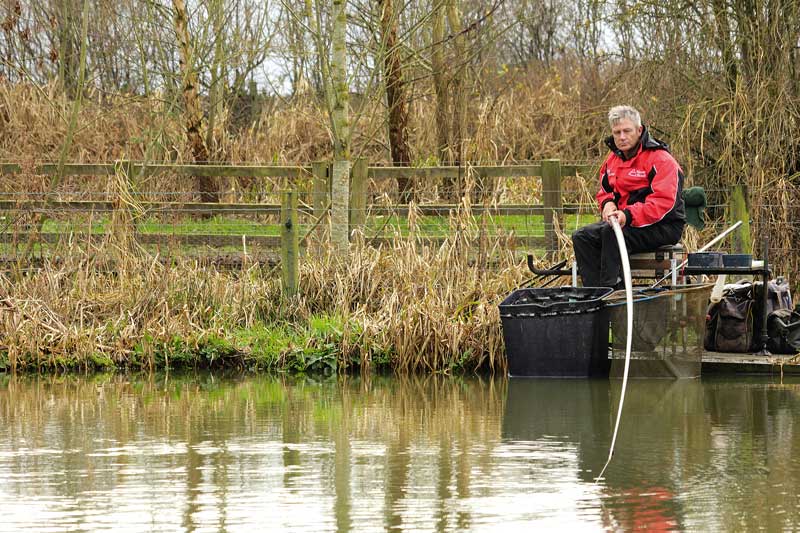
Fishing shallow is the best way for a big weight of F1s
As for elastics, I use solids for shallow fishing because I feel I have far more control, particularly for F1s as I like to ship back the pole, break down to the top kit and net the fish in one movement. I find hollows to be too soft and pulla kits make them fight harder, resulting in lost fish at the net. Winning matches has never been about landing fish quickly – it’s about landing fish effectively! If they don’t go in the keepnet then what difference does it make to anything you do?
I start every match by feeding one line at around 11 to 14 metres with chopped worm through a Kinder pot, starting on the deck and gauging the bites; more often these are liners. You need to work out where they want it. The secret to winning matches is knowing when to switch to fishing shallow. This is the most effective way of catching a big weight of F1s so the sooner I can get them off the bottom the better.
Feeding one line works well at Weston Pools because you won’t confuse yourself. I feed neat worm and a little soil through a Kinder pot but loose feed caster over the top. It’s far easier to regulate the feed by doing it this way and to determine at what depth you want them to feed.
It might take you 30 minutes to get the first bite but after two or three fish missed bites will become a problem. Scaling down your line and hooks and line diameter is not the answer; fishing shallow is! Within minutes of catching your first fish they will be shallow, even in December as this feature demonstrates. Once I’ve missed two consecutive bites, I switch to the 4x12 rig set at around two to three feet deep. I continue to pot in chopped worm, loose feeding caster over the top, but I am effectively catching on the drop with small worm heads on the hook. On some days it is possible to catch steadily on this rig for the rest of the match but on other days the bigger F1s want the caster. The chopped worm certainly speeds up the waiting time to catching shallow, but by loose feeding casters your shallow caster line has been primed from the start and they will be queuing up for it. Don’t bother to look for signs of fish feeding shallow, you won’t see any! F1s do not swirl for the bait like carp, in fact I find it better to treat them like big roach.
Most of the bites that people miss when fishing caster shallow tend to be from big F1s (3lb plus). By shortening the line between the pole tip and the float it transforms the rig into a bolt rig, which is the best way to maximise the ratio of bites to hooked fish. I believe that when fishing 12 to 18 inches deep, you need a big hook to convert bites into fish and a size 14 is perfect. It might look a little odd to your fellow competitors but who cares – they ain’t eating your casters! Fish cannot see hooks because they are only looking for casters.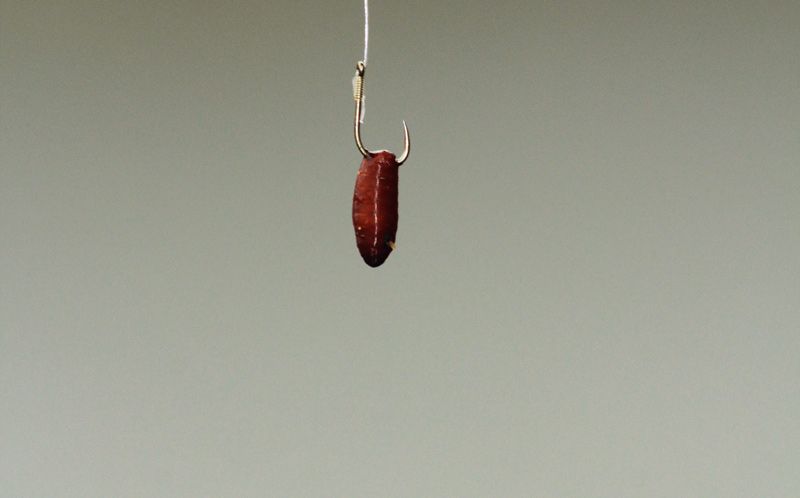
It's not about looking pretty, it's about being efficient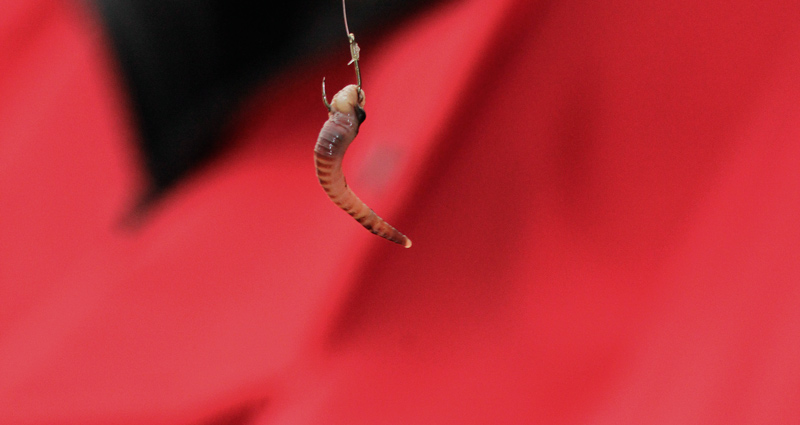
Small pieces of worm were best for fishing on the deep
Creating competition in your peg is essential and the most important part, and to do this I feed five or six casters every few seconds! Fish come to the vibrations caused by bait hitting the surface and not the quantity you feed. You should be feeding around 20 to 30 times a minute.
Despite what people tell you about worm being an expensive way of fishing, consider this: I use half a kilo of worm and roughly five pints of casters over two matches at Weston Pools. It’s really all you need.
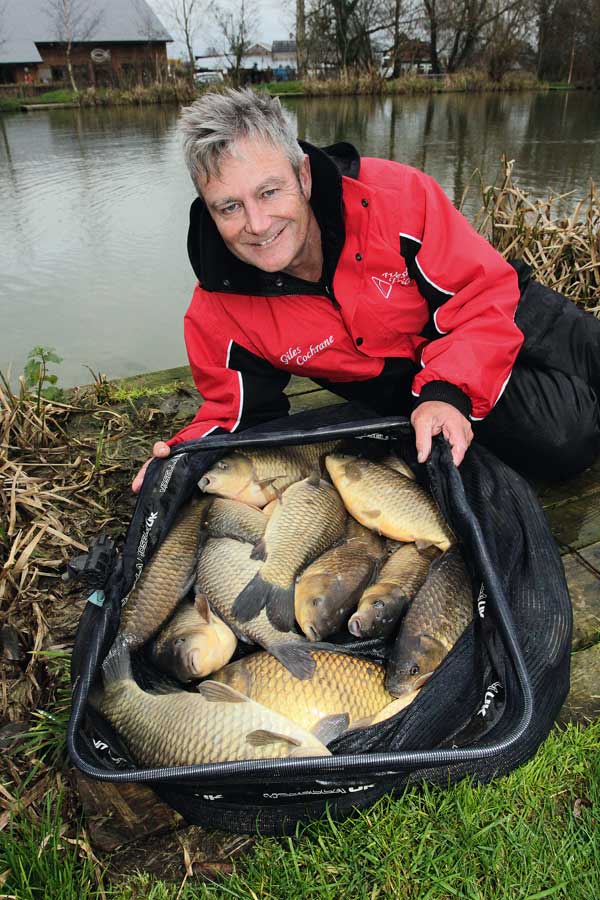
This is how to judge the quality of your peg!
You might need to practise shipping out with short rigs for the caster approach but to make this easier I use 4x10 floats with one No8 shot down the line. Too much weight down the line will cause tangles and spending your match cutting rigs off the end of the pole with scissors is likely to be detrimental to your catch rate.
Remember, feeding is everything and is the only way you’ll be able to transform average pegs into winning pegs – it’s as simple as that! You only know your peg is rubbish after five hours of fishing it properly, not before you get to it!
Like this issue?
Or buy a single issue
- Log in or register to post comments












